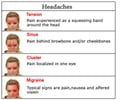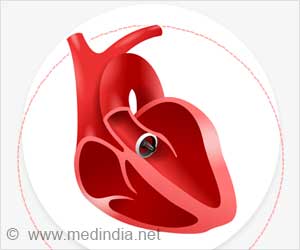Recent research has shown that with every heartbeat, the blood is sent to all peripheral tissues leading to changes in pulsatile perfusion.

The research consortium comprising physicists, physiologists and neurobiologists was coordinated by Professor Rashid Giniatullin at A. I. Virtanen Institute. In two recent articles published in PLOS ONE they described new vascular phenomena detected with the BPI technique. One of these studies found that there are so-called 'hot spots' with high amplitude of pulsatile changes which reflect high variability of microcirculation detected by this technique (Kamshilin et al., 2013). The other study showed that there are transverse blood pulsation waves in the faces of migraine patients, whereas in healthy people such waves are symmetrical as shown in the figure below (Zaproudina et al., 2013). The latter finding was received with excitement by specialists, as was evidenced from the feedback of the recent lecture of R. Giniatullin at Scandinavian Pain Conference in Helsinki.
This discovery demonstrated a major difference in the timing of lateralized blood supply (asynchronous supply) to the faces of healthy individuals and migraine sufferers. The main focus of Professor Giniatullin's research group are cellular and molecular mechanisms of migraine in animal models, but their recent discoveries made in human beings are creating a bridge between fundamental and clinical migraine studies by opening new perspectives for prediction, diagnosis and, likely, for monitoring the efficiency of anti-migraine medicines.
Source-Eurekalert















